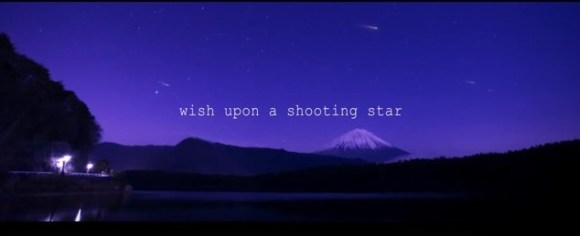
In recent months there have been a few snags with the preparations for the 2020 Olympic games to be held in Tokyo. Poorly planned stadiums and allegations of copyright infringement have really been taking the wind out of everyone’s sails for what is usually an auspicious event.
At this point it might take a magical feat of celestial beauty to lift people’s spirits, like a thousand multi-colored shooting stars descending at once over the site of the games during their opening ceremony. But while they’re predictable, those hard-headed events known as meteor showers tend not to occur at our mere beck and call.
However, now a small team in Japan has nearly completed creating an artificial meteor shower that can be seen anytime and anywhere you want, and which may even be brighter and more colorful that the real thing.
■ All out of ALE
Due to their beauty and fleeting nature, shooting stars have always been a symbol of fortune, attracting people all over the world as the Perseids did last week.
▼ “Today the Perseid meteor shower was predicted to be seen too. They said that yesterday too, but for those who could see it there was also a chance to see the International Space Station. If you’re lucky there might be a chance to see it today too.”
今日もペルセウス座流星群が観測できると予測されています。
— ☆star☆ (@star_kotoba) August 13, 2015
また、昨日の話ですが
流星群のみならず偶然「国際宇宙ステーション(ISS)」を
発見した方もいるそうです。
運が良ければ今日も発見することができるかもしれませんね。 pic.twitter.com/PV4lInv7cP
It was such an annual meteor shower that inspired Reina Okajima to create Star-ALE. While an undergrad at the University of Tokyo she visited her parents’ home in Tottori during the Leonid meteor shower in November. Watching it she thought “Wouldn’t it be nice to have a meteor shower anytime, anywhere, and with anyone you wanted?”
After graduating, getting her doctorate in astronomy, doing a brief stint at Goldman Sachs, getting married, and having a kid, the 32-year-old working mom finally got around to making her own meteors and founded ALE Co. Ltd. in 2011. Now a group of 20 or so researchers led by Okajima in varying capacities, Star-ALE feels fairly confident they can begin making meteor showers as early as 2016.
■ How does it work?
Making a shooting star isn’t all that complicated, considering it’s just a chunk of some mineral that falls through the Earth’s atmosphere and glows as it burns up. Even causing something to fall at the right location and time is pretty much old hat for those involved in space technology.
The real challenge is finding just the right material that will burn brightly enough for everyone to see. Even more so than regular shooting stars, this substance would have to be so bright that it could also be seen in the light and polluted air of urban environments. Star-ALE has developed such a material that they say currently glows as bright as a magnitude-three star and was visible in tests conducted in the relatively moderate air-pollution of Tokyo.
The material is produced in tiny one-centimeter (0.4 inch) thick pellets. The ultimate goal is to tweak the compound so that it can become as bright as a magnitude-one star and also be seen in a variety of colors.
■ Goes great with Dubai
When a meteor shower is ordered, a 50-centimeter (20-inch) tall satellite is filled with about 1,000 meteor material pellets. Then it’s launched into an orbit of about 500 kilometers (310 miles) above the Earth’s surface.
When in position, the satellite will poop out the meteor pellets which will fall through the atmosphere and begin to burn up.
Then presto! Just when you thought Dubai couldn’t be any more opulent looking.
■ Meteoric Price
Right about now you’re probably thinking, “Great! I’ve got a hot date lined up and a romantic meteor shower would really knock their socks off.” Well, hold your horses. As you might suspect, meteor showers don’t come cheap. Although not confirmed, a Star-ALE show is said to cost in the neighborhood of 500 million yen (US$4 million).
While it’s not a price suited for private indulgences it would work for major events with huge budgets like, say, Olympic opening ceremonies. With artificial showers expected to be available as early as 2016, Star-ALE has plenty of time to get a few Super-Bowls and Blue Ivy Carter’s sixth birthday party under their belt. Then, as 2020 rolls around, they should have honed their skills enough to put on quite a show if the Tokyo Olympic committee signs off on it, and really, how could they not?
So next time remember: When you wish upon a star, makes no difference where you are, it might actually just be an artificially processed ball pooped out of a satellite as a part of a multi-million-dollar business arrangement between a Japanese venture company and their outrageously wealthy client for the purpose of self-promotion. As dreamers do.
Source: Star-ALE (Japanese / English), Iroiro, Nihon Keizai Shimbun, Naver Matome (Japanese)
Video: YouTube/ALE Co., Ltd.

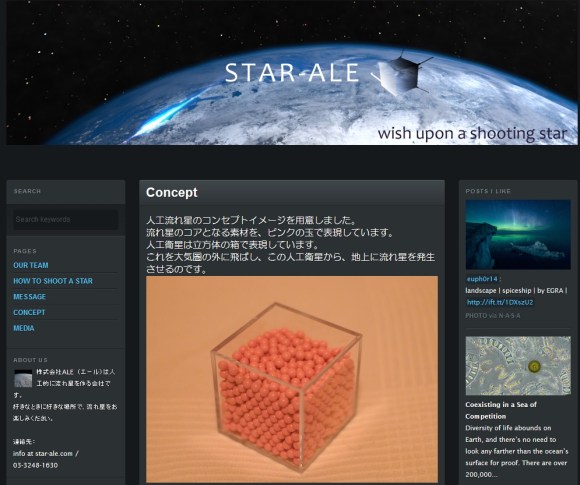
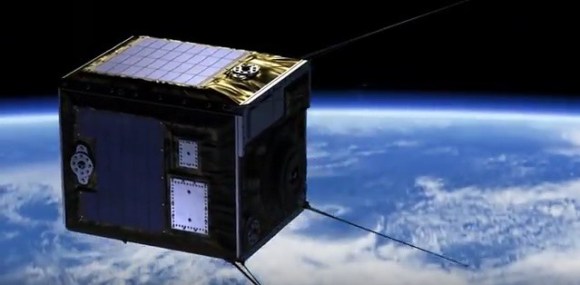
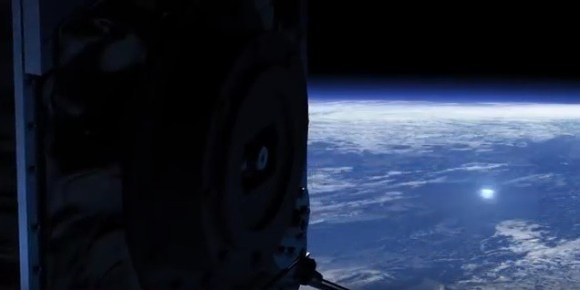
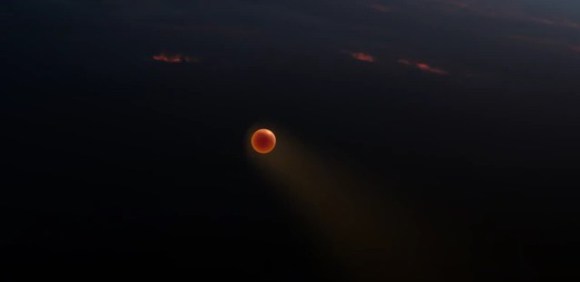
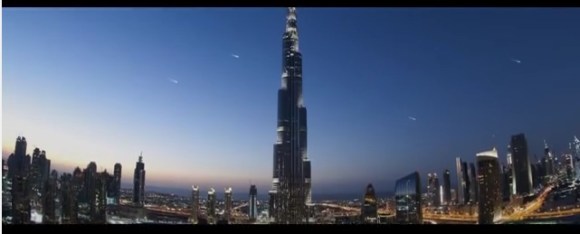
 World’s first artificial shooting stars gearing up for debut over Hiroshima
World’s first artificial shooting stars gearing up for debut over Hiroshima Fantastically bright, green meteor in Japan caught in amazing videos
Fantastically bright, green meteor in Japan caught in amazing videos People in Japan capture images of fireball plummeting towards earth in night sky【Video】
People in Japan capture images of fireball plummeting towards earth in night sky【Video】 Mysterious fireball flies across the sky over Japan’s northern island of Hokkaido【Video】
Mysterious fireball flies across the sky over Japan’s northern island of Hokkaido【Video】 Video game to detect early stages of glaucoma developed by Tohoku University
Video game to detect early stages of glaucoma developed by Tohoku University McDonald’s new Happy Meals offer up cute and practical Sanrio lifestyle goods
McDonald’s new Happy Meals offer up cute and practical Sanrio lifestyle goods All-you-can-drink Starbucks and amazing views part of Tokyo’s new 170 meter-high sky lounge
All-you-can-drink Starbucks and amazing views part of Tokyo’s new 170 meter-high sky lounge More foreign tourists than ever before in history visited Japan last month
More foreign tourists than ever before in history visited Japan last month Studio Ghibli glasses cases let anime characters keep an eye on your spectacles
Studio Ghibli glasses cases let anime characters keep an eye on your spectacles Beautiful Sailor Moon manhole cover coasters being given out for free by Tokyo tourist center
Beautiful Sailor Moon manhole cover coasters being given out for free by Tokyo tourist center We try out “Chan Ramen”, an underground type of ramen popular in the ramen community
We try out “Chan Ramen”, an underground type of ramen popular in the ramen community Starbucks reopens at Shibuya Scramble Crossing with new look and design concept
Starbucks reopens at Shibuya Scramble Crossing with new look and design concept Mister Donut ready to make hojicha dreams come true in latest collab with Kyoto tea merchant
Mister Donut ready to make hojicha dreams come true in latest collab with Kyoto tea merchant Japanese customer finds run-in with “Indian” convenience store clerk a refreshing experience
Japanese customer finds run-in with “Indian” convenience store clerk a refreshing experience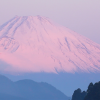 Why is Japan such an unpopular tourist destination?
Why is Japan such an unpopular tourist destination? Disney princesses get official manga makeovers for Manga Princess Cafe opening in Tokyo
Disney princesses get official manga makeovers for Manga Princess Cafe opening in Tokyo Beautiful new Final Fantasy T-shirt collection on the way from Uniqlo【Photos】
Beautiful new Final Fantasy T-shirt collection on the way from Uniqlo【Photos】 Is the new Shinkansen Train Desk ticket worth it?
Is the new Shinkansen Train Desk ticket worth it? Foreign English teachers in Japan pick their favorite Japanese-language phrases【Survey】
Foreign English teachers in Japan pick their favorite Japanese-language phrases【Survey】 Japanese convenience store packs a whole bento into an onigiri rice ball
Japanese convenience store packs a whole bento into an onigiri rice ball Studio Ghibli releases Kiki’s Delivery Service chocolate cake pouches in Japan
Studio Ghibli releases Kiki’s Delivery Service chocolate cake pouches in Japan Japan’s bone-breaking and record-breaking roller coaster is permanently shutting down
Japan’s bone-breaking and record-breaking roller coaster is permanently shutting down New definition of “Japanese whiskey” goes into effect to prevent fakes from fooling overseas buyers
New definition of “Japanese whiskey” goes into effect to prevent fakes from fooling overseas buyers Our Japanese reporter visits Costco in the U.S., finds super American and very Japanese things
Our Japanese reporter visits Costco in the U.S., finds super American and very Japanese things Studio Ghibli unveils Mother’s Day gift set that captures the love in My Neighbour Totoro
Studio Ghibli unveils Mother’s Day gift set that captures the love in My Neighbour Totoro Foreign passenger shoves conductor on one of the last full runs for Japan’s Thunderbird train
Foreign passenger shoves conductor on one of the last full runs for Japan’s Thunderbird train Domino’s Japan now sells…pizza ears?
Domino’s Japan now sells…pizza ears? New Japanese KitKat flavour stars Sanrio characters, including Hello Kitty
New Japanese KitKat flavour stars Sanrio characters, including Hello Kitty Kyoto creates new for-tourist buses to address overtourism with higher prices, faster rides
Kyoto creates new for-tourist buses to address overtourism with higher prices, faster rides Sales of Japan’s most convenient train ticket/shopping payment cards suspended indefinitely
Sales of Japan’s most convenient train ticket/shopping payment cards suspended indefinitely Sold-out Studio Ghibli desktop humidifiers are back so Totoro can help you through the dry season
Sold-out Studio Ghibli desktop humidifiers are back so Totoro can help you through the dry season Japanese government to make first change to romanization spelling rules since the 1950s
Japanese government to make first change to romanization spelling rules since the 1950s Ghibli founders Toshio Suzuki and Hayao Miyazaki contribute to Japanese whisky Totoro label design
Ghibli founders Toshio Suzuki and Hayao Miyazaki contribute to Japanese whisky Totoro label design Doraemon found buried at sea as scene from 1993 anime becomes real life【Photos】
Doraemon found buried at sea as scene from 1993 anime becomes real life【Photos】 Tokyo’s most famous Starbucks is closed
Tokyo’s most famous Starbucks is closed One Piece characters’ nationalities revealed, but fans have mixed opinions
One Piece characters’ nationalities revealed, but fans have mixed opinions We asked a Uniqlo employee what four things we should buy and their suggestions didn’t disappoint
We asked a Uniqlo employee what four things we should buy and their suggestions didn’t disappoint Princesses, fruits, and blacksmiths: Study reveals the 30 most unusual family names in Japan
Princesses, fruits, and blacksmiths: Study reveals the 30 most unusual family names in Japan Japan weirded out by new range of Disney shower heads
Japan weirded out by new range of Disney shower heads 7 Japanese daily planners to suit every lifestyle, from hostess to otaku!
7 Japanese daily planners to suit every lifestyle, from hostess to otaku! Naomi Osaka is first-ever Japanese athlete to be named AP Female Athlete of the Year
Naomi Osaka is first-ever Japanese athlete to be named AP Female Athlete of the Year Judas Priest vocalist Rob Halford joins BABYMETAL onstage for an epic performance【Video】
Judas Priest vocalist Rob Halford joins BABYMETAL onstage for an epic performance【Video】 Jibanyan, Japan chooses you! Pikachu trampled beneath paws of Youkai Watch mascot
Jibanyan, Japan chooses you! Pikachu trampled beneath paws of Youkai Watch mascot Over 94 percent of Japanese people in survey find movie theater prices too expensive
Over 94 percent of Japanese people in survey find movie theater prices too expensive Police looking for man who threw paper airplane into Hiroshima atomic bomb monument
Police looking for man who threw paper airplane into Hiroshima atomic bomb monument Japanese photographer moves people to tears with night sky photos that look like anime art
Japanese photographer moves people to tears with night sky photos that look like anime art Bug-riddled Olympics game has Japanese Twitter in stitches with all of its glitches 【Video】
Bug-riddled Olympics game has Japanese Twitter in stitches with all of its glitches 【Video】 Japanese photographer captures beautiful images of sunset after a typhoon
Japanese photographer captures beautiful images of sunset after a typhoon Tokyo condo frees up space by putting a shower in the kitchen
Tokyo condo frees up space by putting a shower in the kitchen Universal Studios Japan’s Super Nintendo World preview shows fans busting moves, mystery block
Universal Studios Japan’s Super Nintendo World preview shows fans busting moves, mystery block Digimon staff give skating champion Yuzuru Hanyu a present he would not likely soon forget
Digimon staff give skating champion Yuzuru Hanyu a present he would not likely soon forget Get a piece of space with this lucky bag sold by a half-man, half-alien
Get a piece of space with this lucky bag sold by a half-man, half-alien New trailer for “your Name.”, newest anime from Makoto Shinkai, is packed with emotion【Video】
New trailer for “your Name.”, newest anime from Makoto Shinkai, is packed with emotion【Video】
Leave a Reply